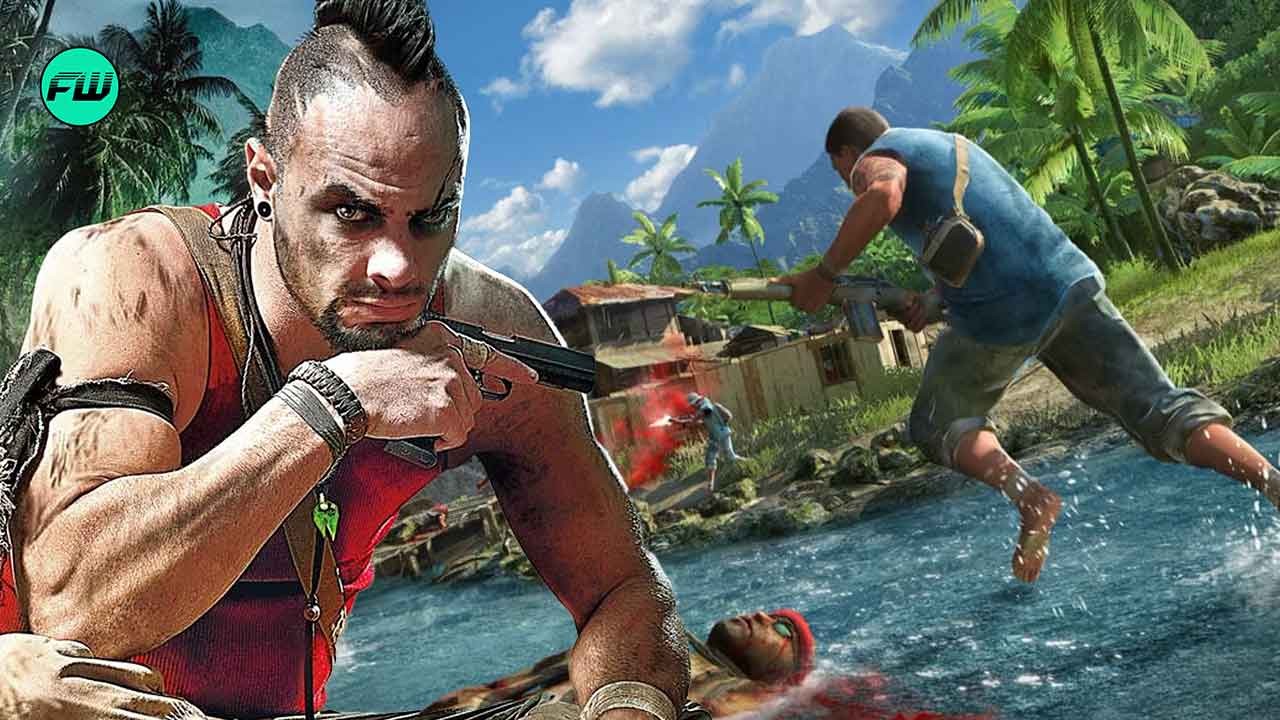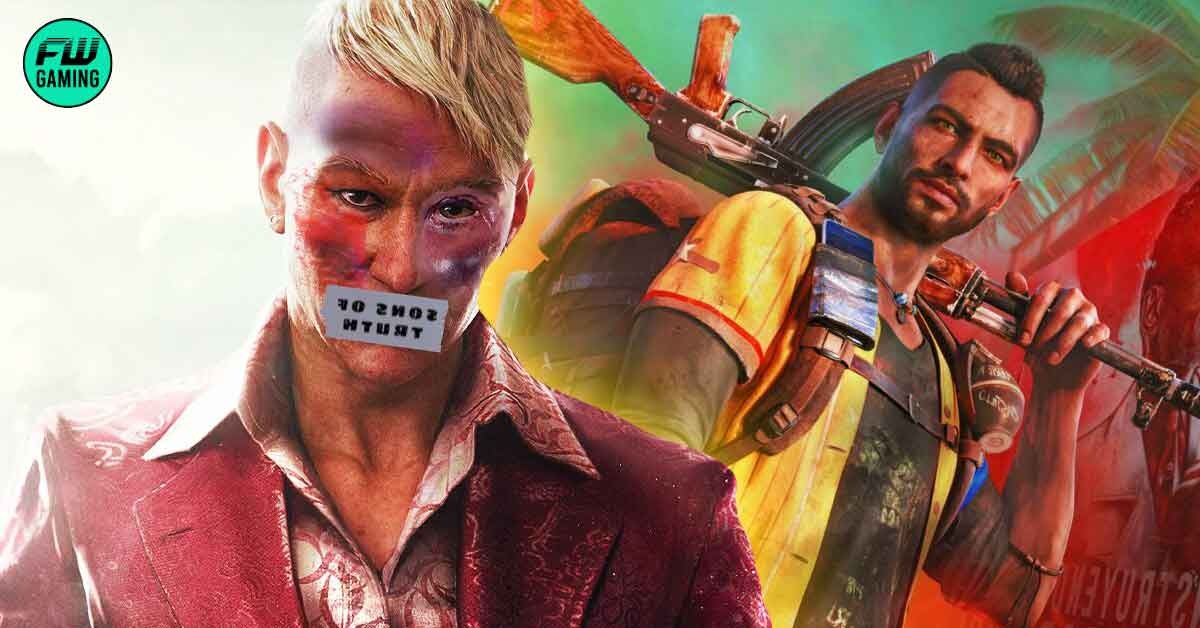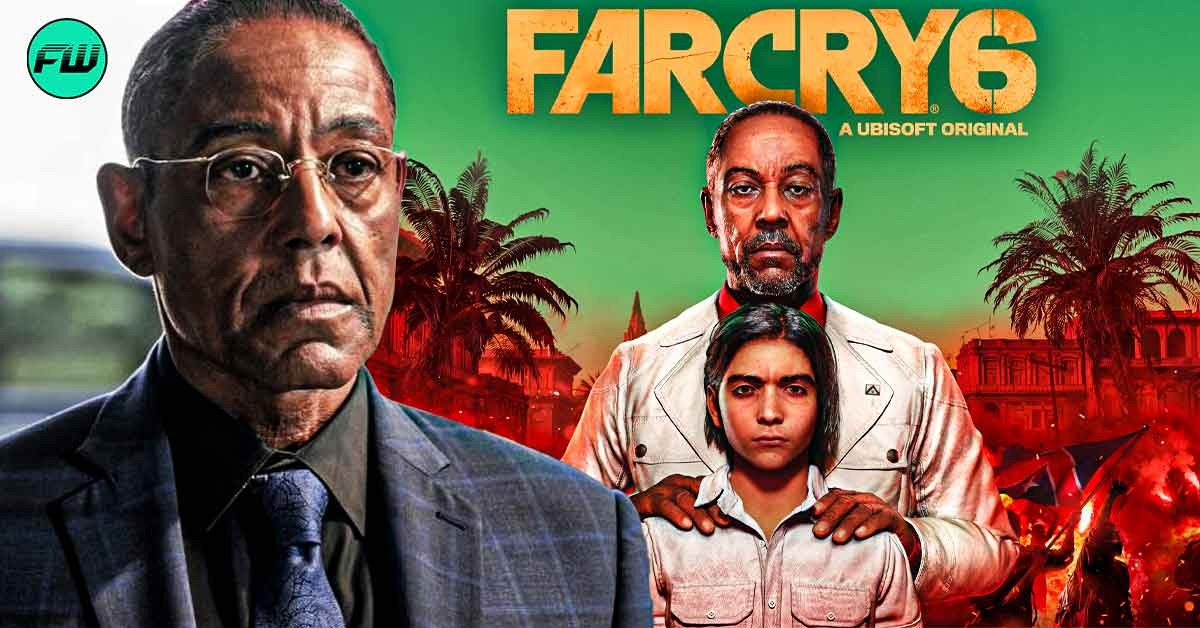Far Cry: Every Villain From The Franchise Ranked From Worst to Best
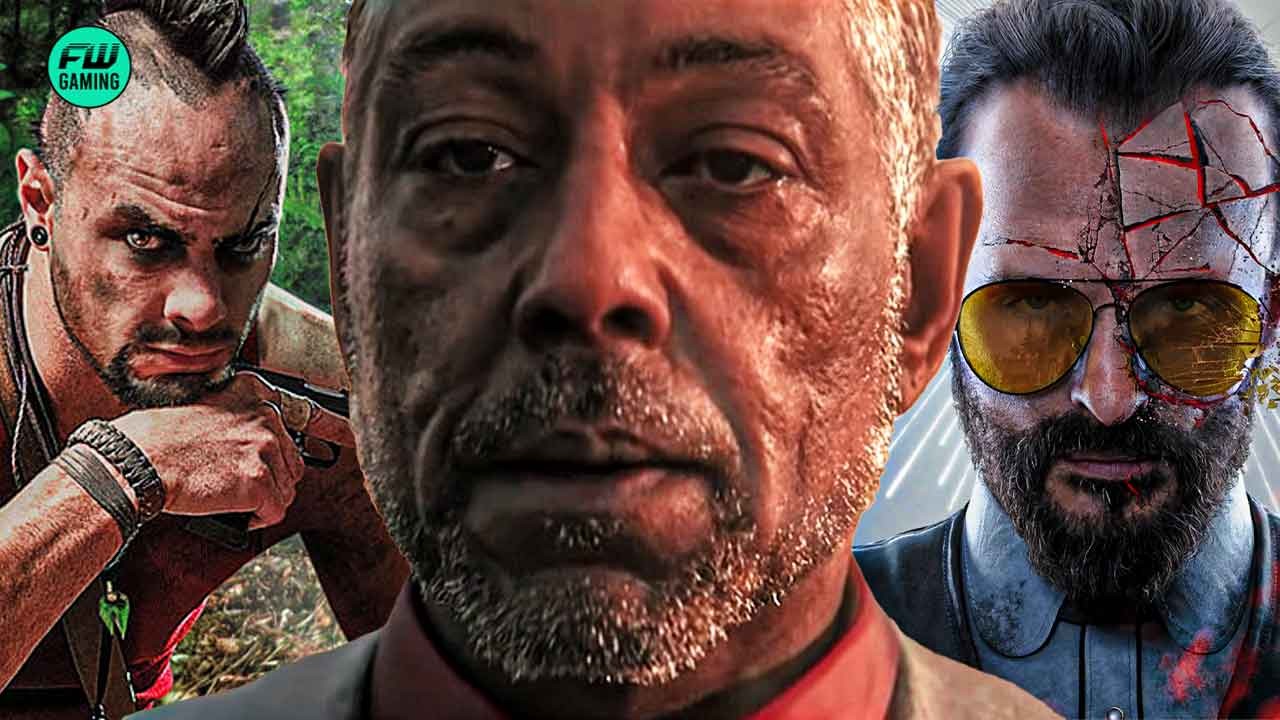
8. Dr. Krieger (Far Cry)
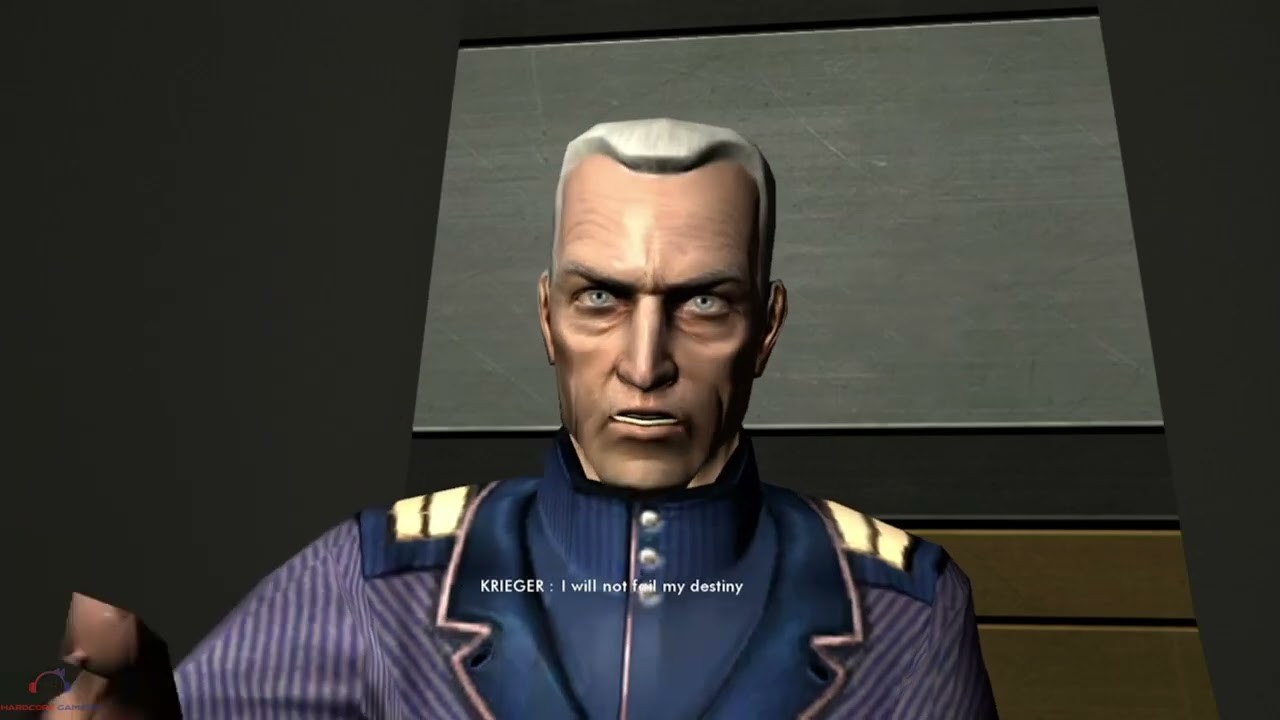
Even if you could forgive Dr. Krieger for the clichéd “mad German scientist” trope on account of it being the very first game, he still manages to fall flat. Thanks to iffy writing and generic motivations like government rejection, the character offers as much depth as a puddle.
Beyond his problematic stereotype, Krieger lacks personality. He barely interacts with the protagonist and meets an underwhelming demise due to his own creation. The climactic fight with him is forgettable, and his limited presence overall pushes him to the bottom of this list.
7. Mickey and Lou (Far Cry: New Dawn)
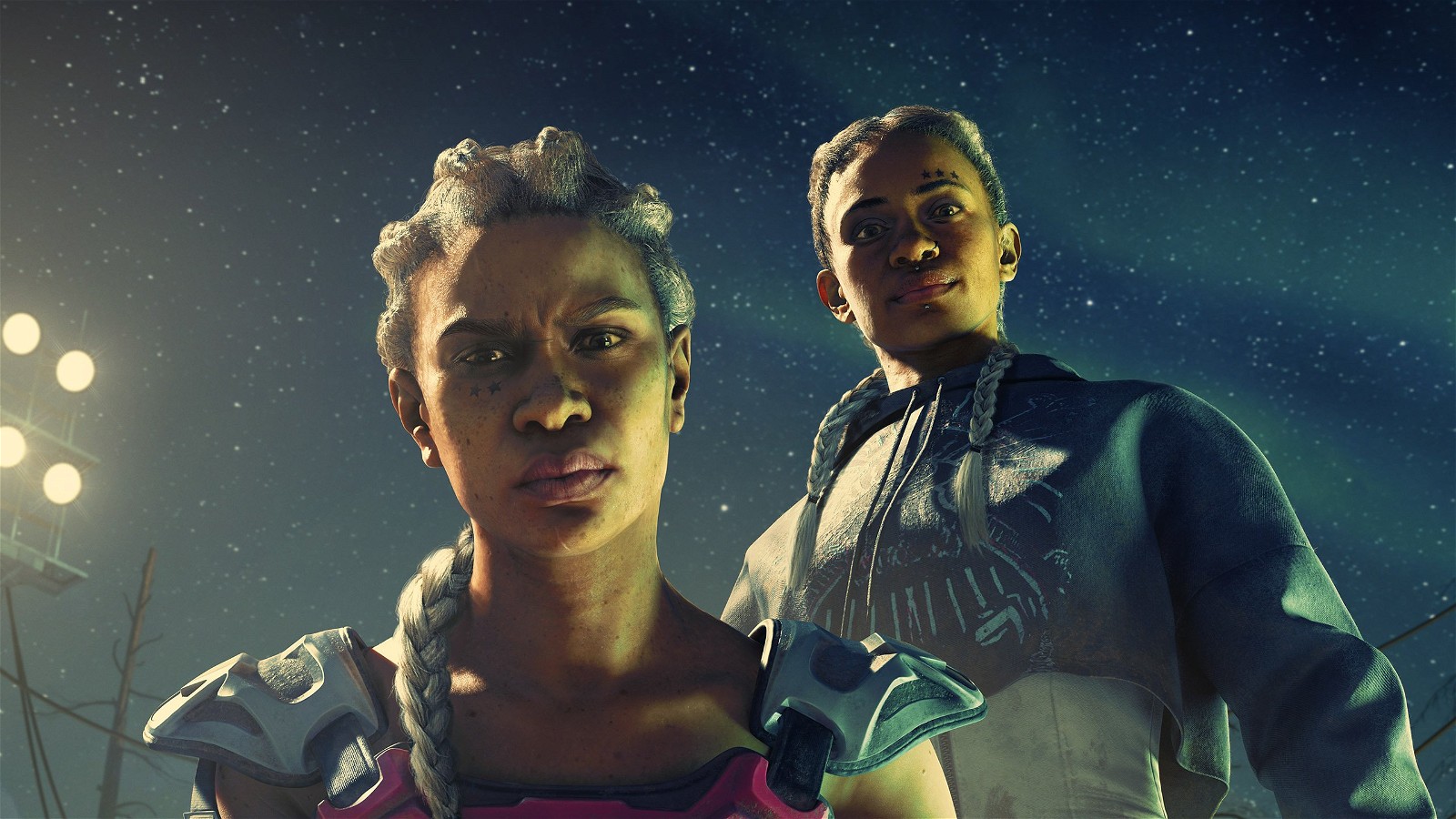
The way they are presented in the game world is also shallow. There’s little detail to their backstory or their relationship with the player. The changes to the environment, like the graffiti, don’t effectively portray them as significant threats. Their defeat feels unimportant as well, earning them the second last position on this list.
6. Ull and Batari (Far Cry Primal)

Even though it took the series back to the Stone Age, Primal doesn’t rank high on the popularity charts on account of its underwhelming antagonists, Ull and Batari. While they do lead rival tribes and initially appear daunting, their motivations fall short the deeper you go in.
Ull, who starts strong as a cannibal Genghis Khan-like figure, eventually disappoints with a predictable reveal – he’s just a family man protecting his own.
Batari, while initially hiding her arrogance behind a caring facade, becomes one-dimensional after being rejected and simply seeks revenge. While Batari’s death is somewhat satisfying, it isn’t enough to bump them further up the rankings.
5. The Jackal (Far Cry 2)
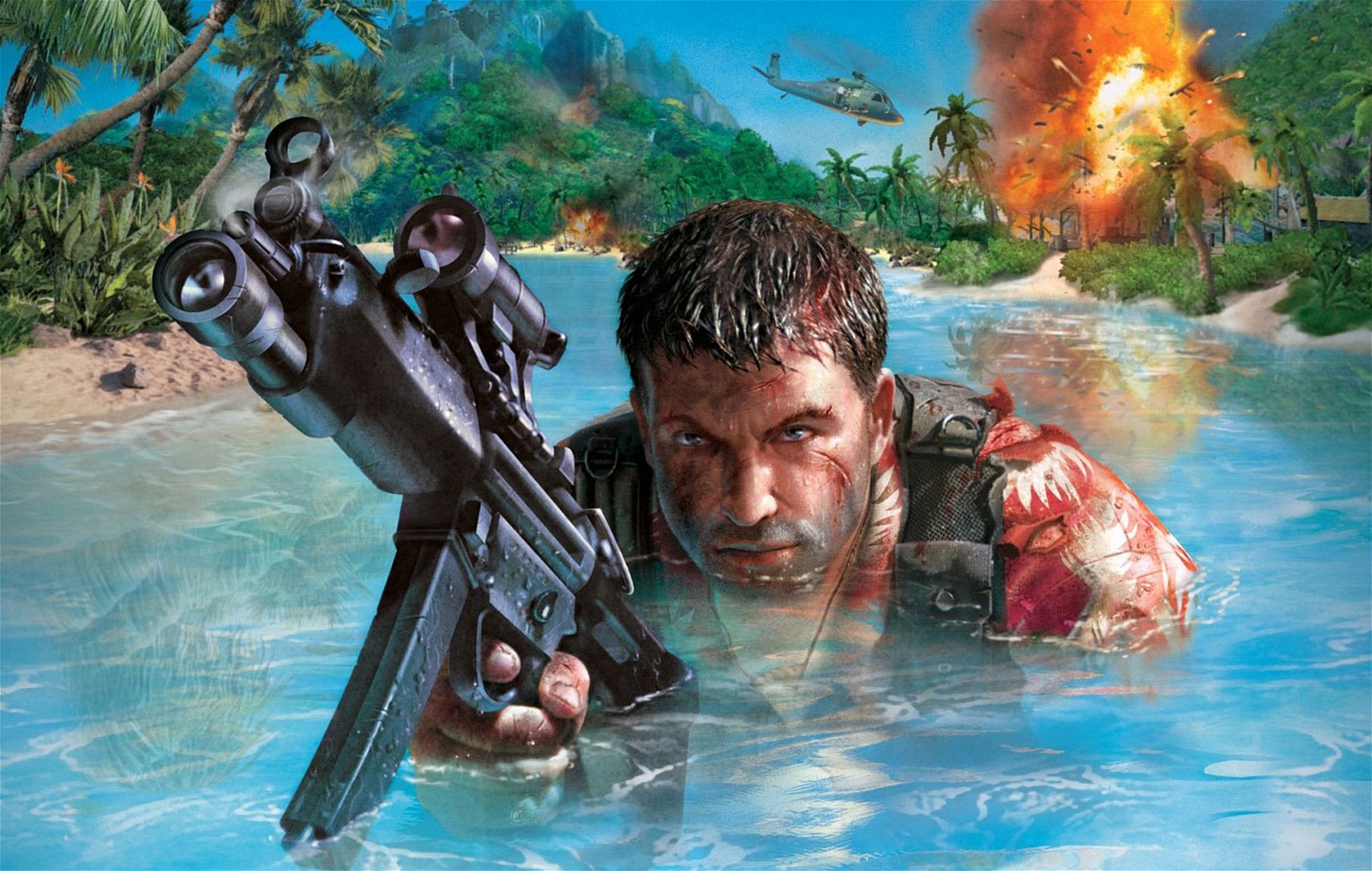
Far Cry 2‘s Jackal is an interesting case. As the mercenary protagonist, you fight for two factions who betray you to prolong their war. The moral ambiguity is refreshing, especially compared to later superhero-like protagonists.
The Jackal isn’t a villain in the traditional sense, as he’s only an arms dealer that you’re tasked to terminate. The kicker, though, is that he motivates you to end the conflict, creating a unique dynamic with your character.
However, his distinct and non-threatening nature also contributes in decreasing his intimidation factor, earning him a middle-of-the-road spot.
4. Anton Castillo (Far Cry 6)
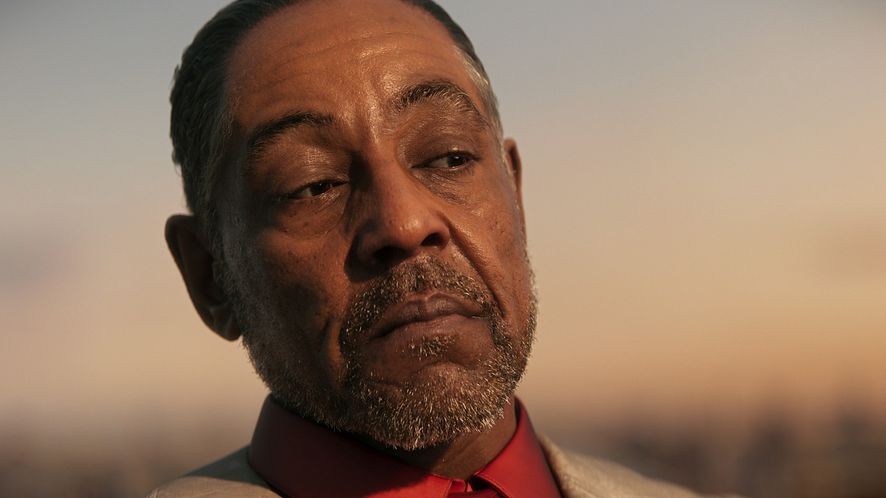
Even though the riveting Giancarlo Esposito performs phenomenally as Anton Castillo in the 6th entry, the antagonist’s writing ultimately fails him due to his limited screen presence and underdeveloped character.
Further distancing us from the threat is the recent shift in Far Cry‘s protagonists, who are now portrayed as one-man armies rather than relatable individuals. Castillo exemplifies this trend, being a frequently mentioned militia commander, but rarely seen.
While glimpses of his internal struggles with leukemia and his complex relationship with his son offer potential intrigue, they still leave a lot to be desired. Ultimately, Castillo feels like a peripheral figure whose downfall feels inevitable.
3. Joseph Seed (Far Cry 5)
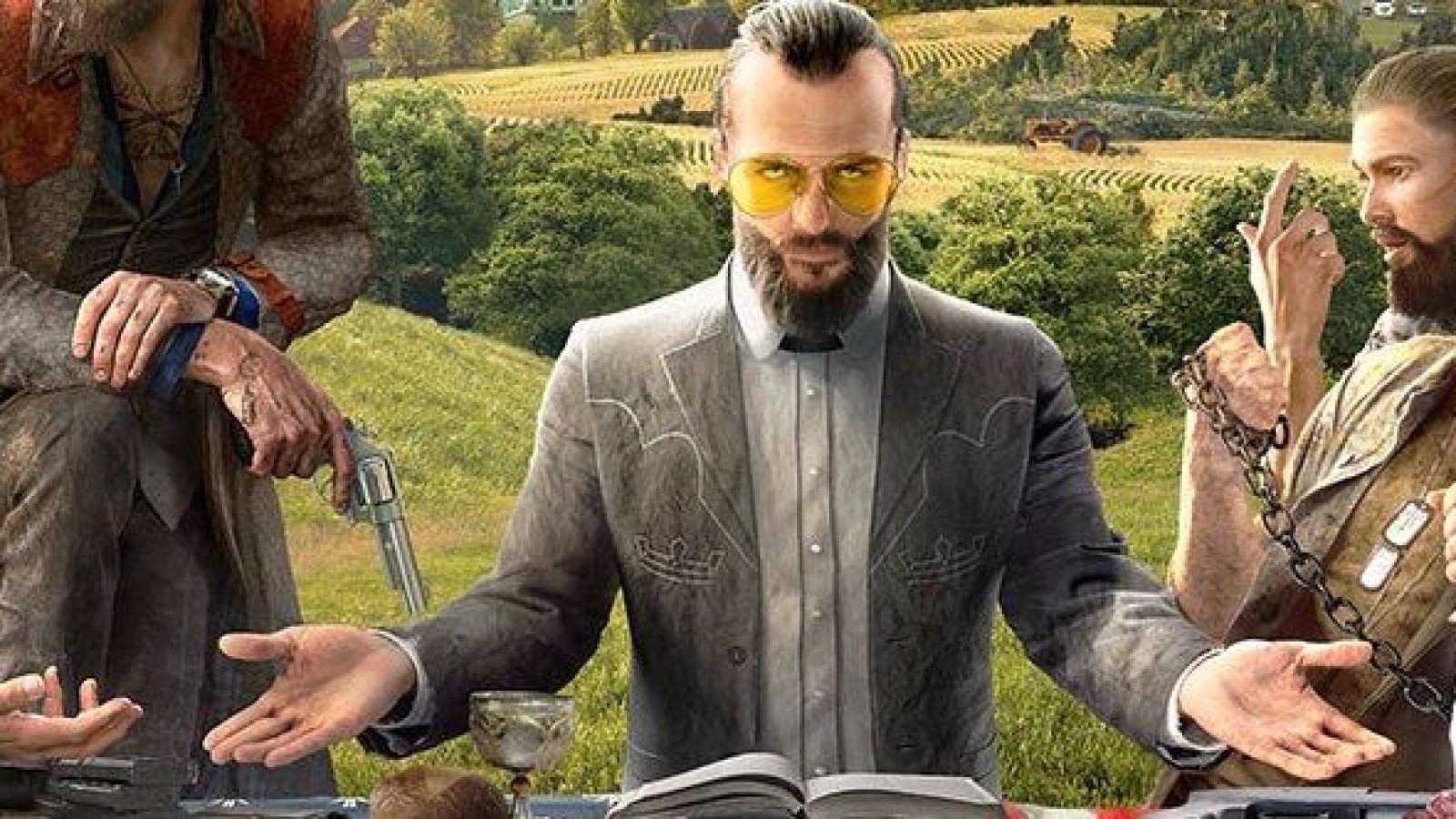
Far Cry 5‘s Joseph Seed is introduced similarly to past games, but with a twist. Seed is a charismatic cult leader who uses a seemingly peaceful and spiritual persona to talk about peace and community, but this facade masks the brutality of his followers.
However, the story focuses more on defeating his siblings, leaving Joseph to dawdle in the background until the very end. While he is menacing when he appears, his limited involvement weakens his overall impact as the main antagonist, falling in the same boat as Anton Castillo.
2. Pagan Min (Far Cry 4)
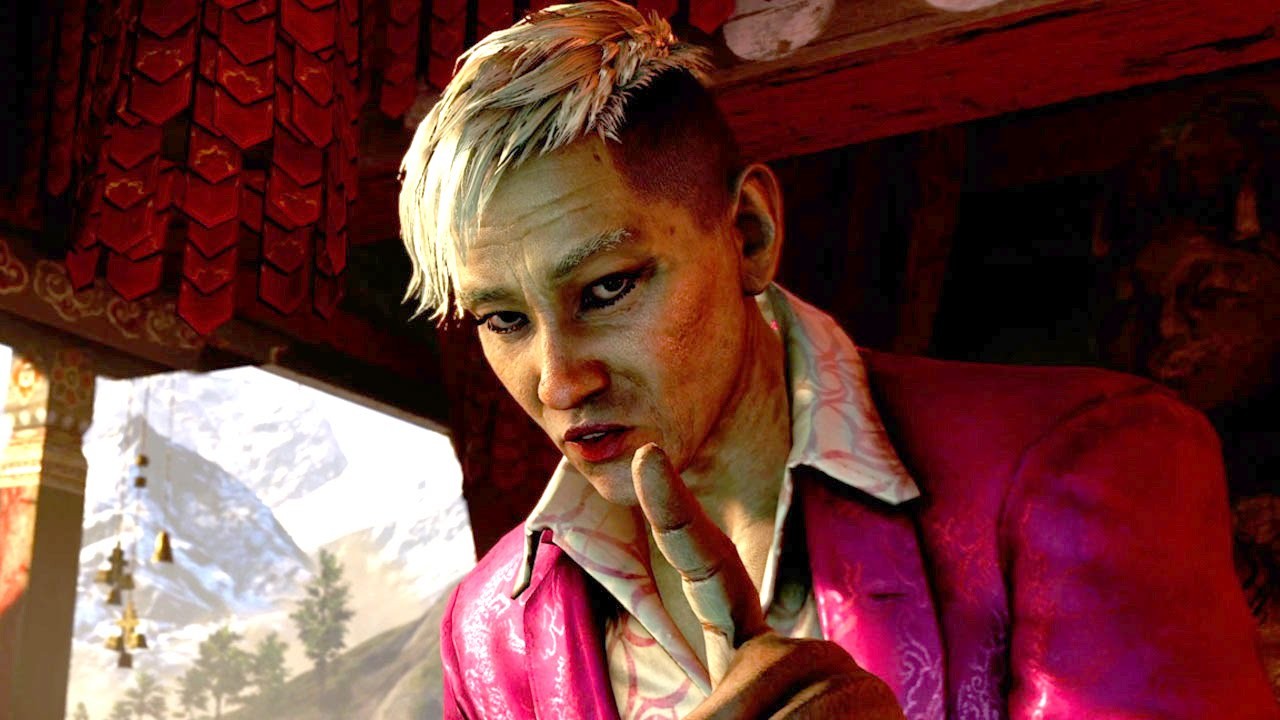
The writers of Far Cry 4 were undeniably influenced by the eccentricity of Far Cry 3‘s Vaas when they were writing Pagan Min. While Min is certainly unique with his charm and ruthlessness as the ruler of a small country called Kyrat, he ultimately lacks the sense of impending doom needed for a formidable villain.
His interactions with the protagonist, Ajay, hold weight due to their personal connection, but Min’s overall portrayal feels somewhat restrained, never reaching a point of genuine intimidation. Despite a stellar performance, Min’s roguishness ends up hindering his effectiveness as a menacing antagonist.
1. Vaas Montenegro (Far Cry 3)
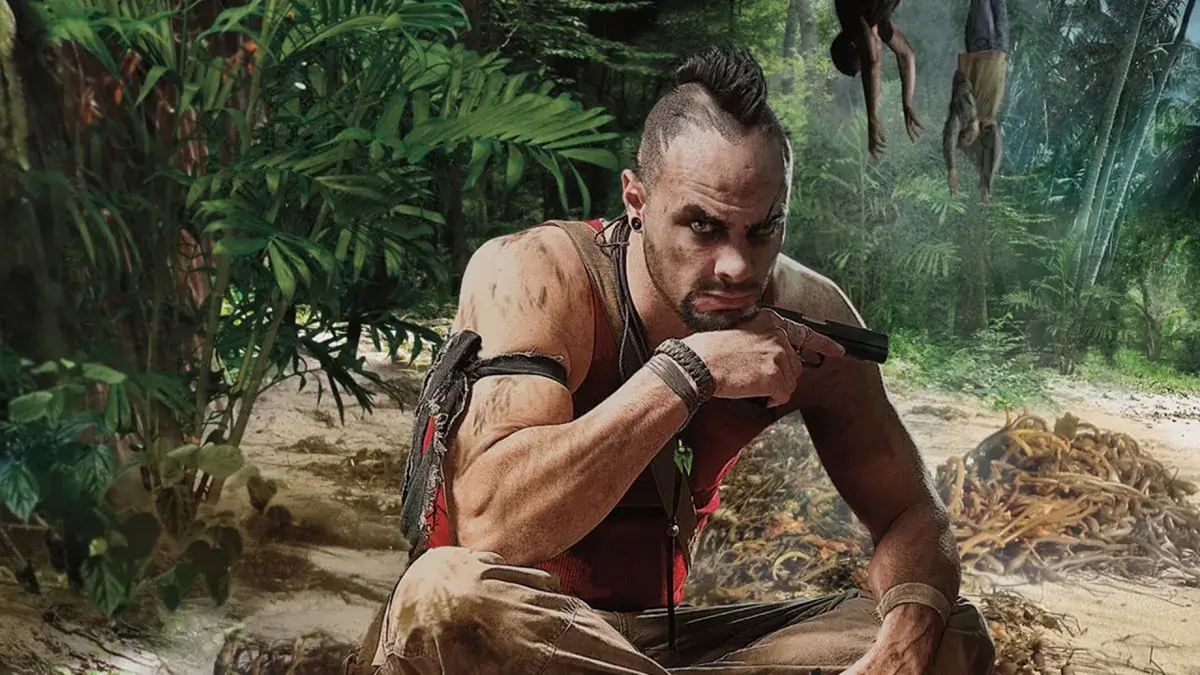
Michael Mando‘s masterpiece, Vaas Montenegro, may not have been the main villain of Far Cry 3, but he still overshadowed everything else and went on to become the face of the franchise. Spiteful, playful, and unhinged, Vaas delivers killer lines that leave you equal parts terrified and impressed.
His backstory may be simple, but his twisted affection for his sister and his obsession with the protagonist make him iconic. Vaas’ descent into madness and his philosophical ramblings are series highlights, his dynamic with Jason poisoning both of them as the story progresses.
Vaas is, without a doubt, the definitive villain of the Far Cry rogues gallery, and someone you definitely don’t want telling you the definition of insanity.
Who has been your favorite villain so far? Let us know in the comments!
The post Far Cry: Every Villain From The Franchise Ranked From Worst to Best appeared first on FandomWire.

